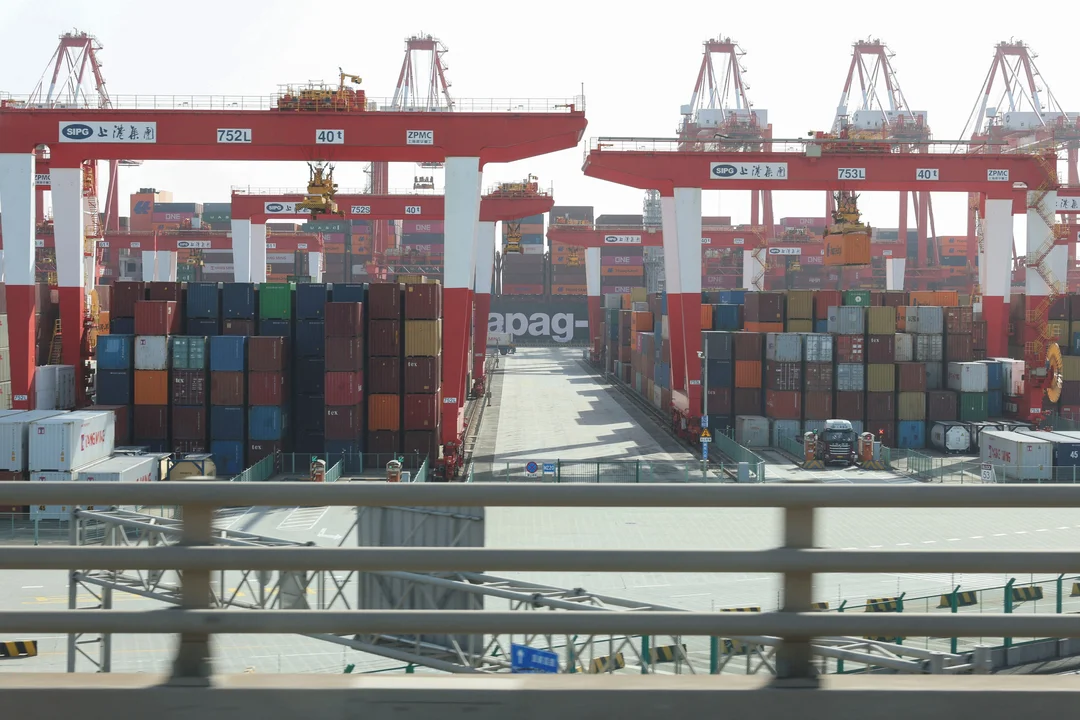
China’s Export Surge Defies Tariff Pressures as Trade War Escalates
In a stunning display of economic resilience, China's exports soared by 12.4% in March, far exceeding expectations, even as the United States prepared to hike tariffs under President Donald Trump. This headline-grabbing spike, propelled by a last-minute flurry from firms racing to beat prohibitive duties, highlights the high-stakes tension of the ongoing US-China trade war and offers clues to volatile times ahead for global commerce.

According to official customs data, China's exports in March jumped to $313.9 billion, producing a record monthly trade surplus of $102.6 billion. Imports, however, continued to contract—down 4.3% year on year, underscoring persistent domestic economic weakness. Analysts are quick to note that this spike reflects “frontloading,” as exporters hustle to ship goods before drastic new tariffs take hold, a dynamic ING Economics describes as fleeting: “Direct trade between the US and China will crater starting in April.”
The escalation in tariffs—now reaching 145% on Chinese goods into the US—has drawn sharp rebuke from Beijing. Lingjun Wang, vice head of China’s customs administration, lambasted the “abusive use of tariffs” during a press conference on Monday, calling for negotiations while vowing strict legal countermeasures. In retaliation, China has imposed up to 125% tariffs on American products and tightened controls on rare earth exports, targeting critical industries like high-tech manufacturing and electric vehicles.
Trade between the two global giants remains enormous, with the US holding its spot as China’s top bilateral trading partner. In March, Chinese exports to the US rose 9.1% by value, but imports from the US fell sharply by 9.5%, reflecting the broader chill in ties. Lyu Daliang, a customs administration spokesperson, reassured that "the sky would not fall" for China's trade, pointing confidently to diversification: export surges to Southeast Asia (up 11.6%, including a nearly 19% jump to Vietnam), Africa (over 11%), and India (nearly 14%).
The broader picture is still shadowed by uncertainty. China’s annual export growth for the first quarter reached 5.8%, yet domestic demand remains sluggish—falling imports and negative consumer price trends have fueled calls for robust stimulus. Investment banks such as Goldman Sachs project China’s economic growth rate for the year at just 4%, down from earlier estimates and barely keeping pace with official targets. Meanwhile, exemptions from the US on tariffs for electronics and high-tech components last Friday offered only temporary relief, as the fentanyl-related 20% tariff persisted.
What's ahead for China’s trade power? Experts like Zhiwei Zhang of Pinpoint Asset Management warn of “chaos in supply chains and potential shortages in the US that may drive up inflation,” while Julian Evans-Pritchard at Capital Economics predicts it may take years for Chinese exports to recover once the effects of frontloading fade.
President Xi Jinping’s recent visits to Vietnam and other regional partners signal a strategic pivot, as China seeks new markets to cushion the blow. With a high-level Politburo meeting and Q1 GDP figures on the horizon, all eyes are on whether Beijing unveils new stimulus to fuel domestic consumption in the face of global headwinds.
The resilience of China’s exporters under intense tariff pressure—buoyed by agility, global diversification, and political resolve—reflects both risk and opportunity in a shifting world order. Will this surge prove a last gasp before a prolonged slowdown, or herald new patterns in global trade?
What do you think about the future of US-China trade relations and their potential impact on your business, investments, or daily life? Share your thoughts and join the debate below.